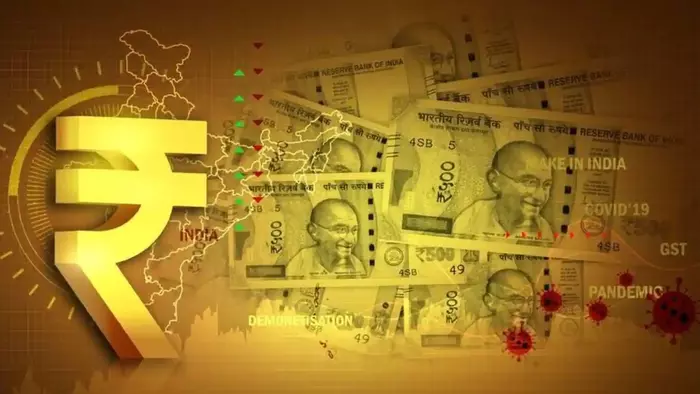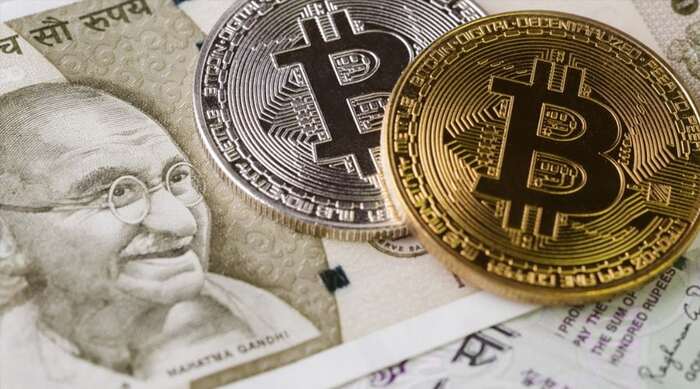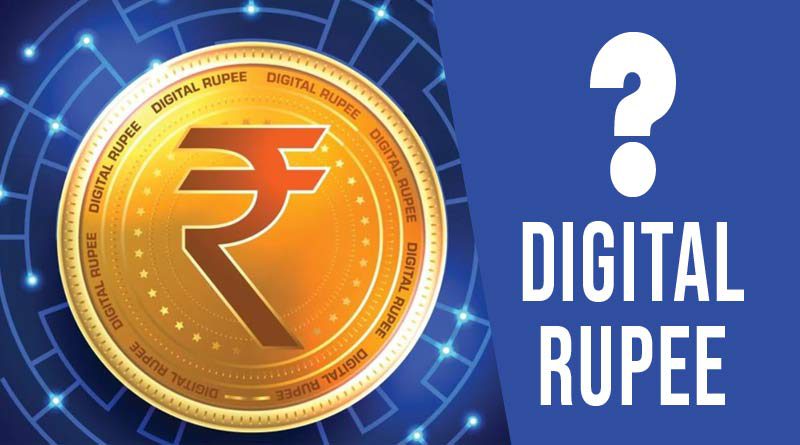What is Digital Rupee & How Does It Works?
The Reserve Bank of India (RBI) is reportedly planning to launch a pilot of its central bank digital currency (CBDC), which will be called the digital rupee or e₹. The RBI views the digital rupee as a form of legal tender that will be exchangeable at par with existing currencies and will be accepted for payments and as a store of value. The digital rupee will be transacted digitally and is aimed at creating an additional option for the use of money, similar to physical banknotes. The RBI views the digital rupee as a safer alternative to private cryptocurrencies, which it has dismissed repeatedly as a challenge to the financial stability of the country. The CBDC is seen as a more secure electronic form of sovereign currency than private cryptocurrencies.
What is Digital Rupee?
The Digital Rupee (e₹) is a central bank digital currency (CBDC) tokenized version of the Indian Rupee that is issued by the Reserve Bank of India (RBI). The Digital Rupee was first proposed in January 2017 and launched in the 2022-23 financial year. The Digital Rupee uses blockchain distributed-ledger technology and is uniquely identifiable and regulated by the central bank. The liability for the Digital Rupee lies with the RBI.

The Digital Rupee aims to replace physical currency, which can be costly to produce and secure, with a digital alternative. The RBI will launch two versions of the Digital Rupee: one for wholesale transactions (e₹-W) catering to financial institutions for interbank settlements, and another for retail transactions (e₹-R) for consumers and businesses. The Digital Rupee will be accessible both online and offline.
The implementation of the Digital Rupee is expected to reduce the costs associated with printing and securing physical currency, which amounted to ₹49,848,000,000. The introduction of the Digital Rupee is also expected to promote financial inclusion, provide greater security and transparency in transactions, and facilitate ease of use.
CBDC can be classified into two types
1) Retail (CBDC-R): Retail CBDC would be potentially available for use by all
2) Wholesale (CBDC-W) is designed for restricted access to select financial institutions.
Difference between the digital rupee and cryptocurrency
A cryptocurrency is a digital asset and a medium of exchange that operates on blockchain technology in a decentralized manner. This decentralized nature means that it operates without intermediaries like banks, financial institutions, or central authorities. This aspect has made cryptocurrency a controversial topic.

In contrast, the Central Bank Digital Currency (CBDC) issued by the Reserve Bank of India (RBI) will be a legal tender in a digital form. Unlike cryptocurrency, CBDC is a centralized digital currency that is issued and regulated by a central bank. The digital rupee, for example, is a form of CBDC that is exchangeable at par with existing currencies and acceptable for payments and as a store of value.
“The digital rupee will be different from Bitcoin, Ethereum, and other cryptocurrencies in the sense it will be backed by the government. Secondly, having an intrinsic value on account of government backing, the digital rupee will be equivalent to holding a physical rupee equivalent,” said Manoj Dalmia, Founder, and Director, of Proassetz Exchange.
Benefits of Digital Rupee
- Faster Mode of Payment: Compared to current payment methods like automated clearing houses or wire transfers that can take days for financial institutions to confirm a transaction, digital currency can enable faster payments. Transactions with digital currency can be completed more quickly, allowing for faster confirmation of the transaction by financial institutions.
- Cheaper Global Transfers: Global transactions can sometimes be very expensive, with individuals being charged high fees to move funds from one country to another, particularly when currency conversions are involved. However, digital assets have the potential to disrupt this market by providing cost-effective and fast transactions. Digital assets can offer a cheaper and quicker alternative to traditional methods, thereby reducing the fees associated with global transactions and making cross-border payments more accessible and affordable for individuals.
- 24/7 Availability: Digital currency transactions operate 24 hours a day and seven days a week, unlike traditional money transfers that can take longer during weekends and outside normal working hours because banks are closed and unable to confirm transactions. Transactions with digital currency can be processed and confirmed at any time, without any restrictions on working hours or weekends. This feature provides greater convenience and speed to users, making the digital currency a more efficient option for transactions that require timely processing.
- No Manufacturing Required: Digital assets have the potential to provide a cheaper and faster alternative to traditional methods of global transactions, which can often be very expensive, with high fees charged to individuals for moving funds across borders, especially when currency conversions are involved. By disrupting this market, digital assets can offer cost-effective and fast transactions, reducing the fees associated with global transactions and making cross-border payments more accessible and affordable for individuals. This could bring greater efficiency and convenience to the global financial system, potentially changing the way we conduct international transactions in the future.
How Will the Digital Rupee Work?
During the pilot phase, the digital rupee will only be issued by four banks, namely the State Bank of India (SBI), Yes Bank, ICICI Bank, and IDFC First Bank. Users can obtain digital currency from any of these banks and use it for transactions. Digital wallets can be downloaded on phones to hold and use the digital rupee. Digital currency can be used to make payments to friends or merchants by scanning QR codes. However, the digital rupee will not earn any interest, and it can be converted into different forms, such as transferring to a savings account or opening a bank deposit, similar to physical cash.
Digital Rupee has the potential to revolutionize the Indian financial system and create a more inclusive and efficient economy. Like this post? Don’t forget to check out our other short stories in our Quick Read section

